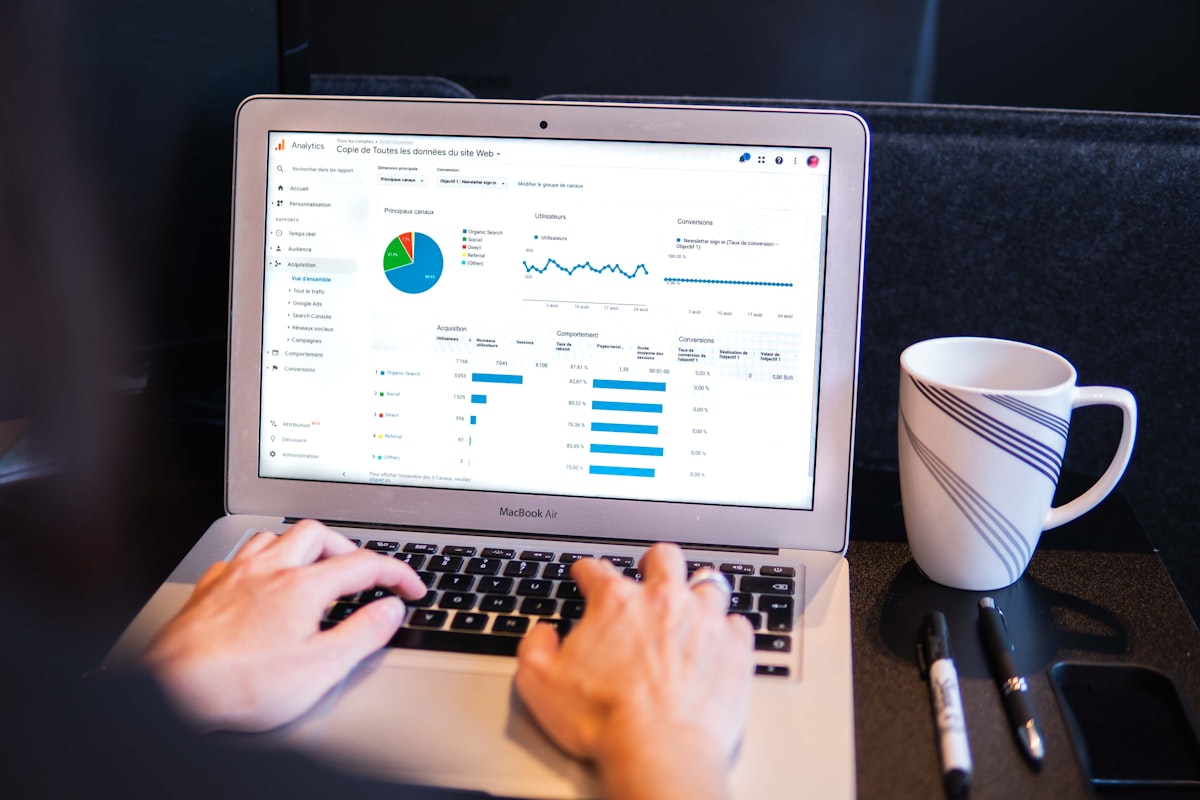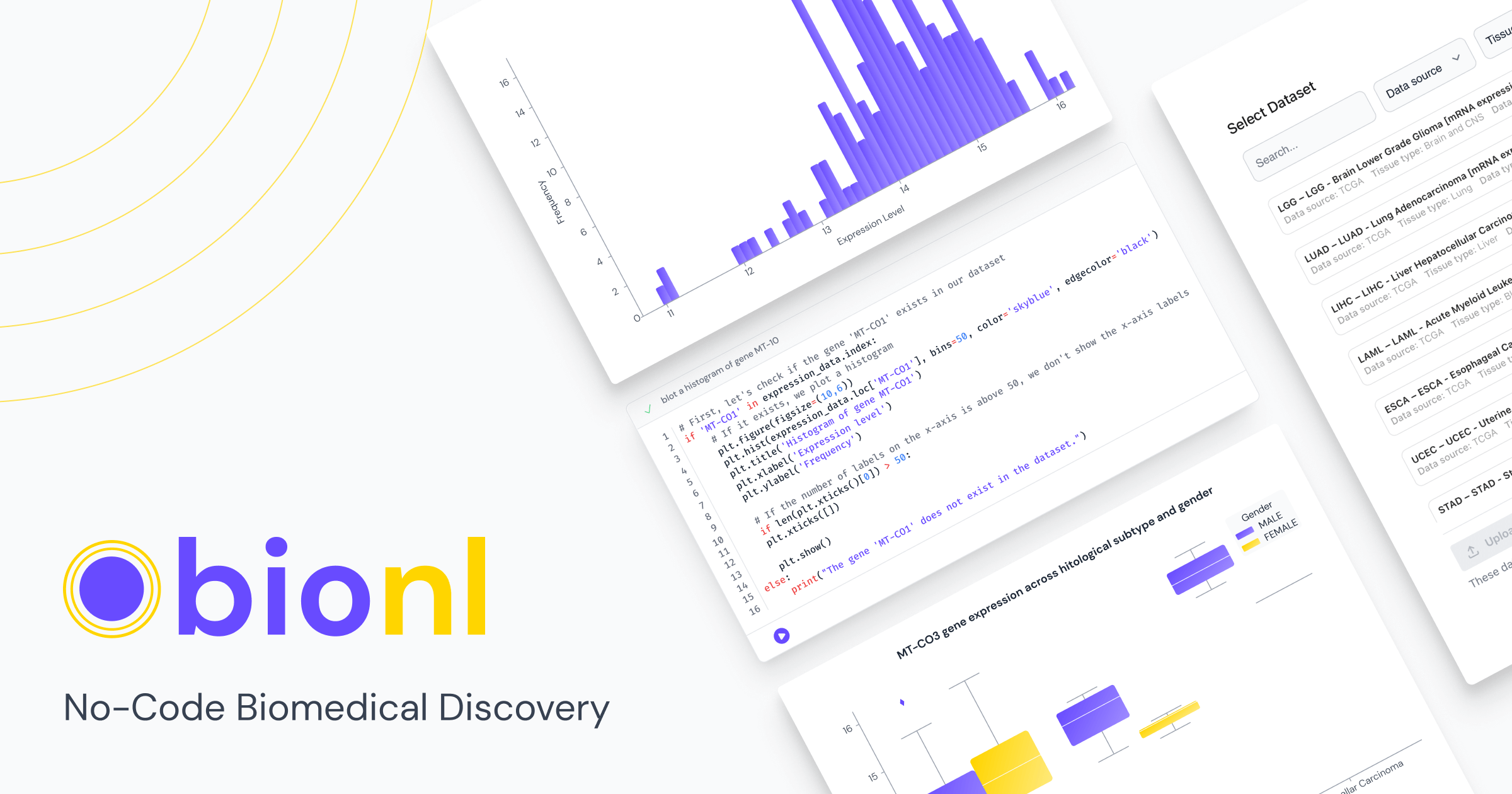Transform Data into Visual Narratives with Gestalt Principles at Bionl.ai

Our data consists mostly of numbers, while making sense of it seems like a daunting task, data visualization is the savior, turning the data into figures and statistical graphs that a human brain can understand and pick-up on the patterns and phenomena happening in the data. Visualizing data requires understanding the data to be visualized, the story you want to tell from it, and the human brain; Gestalt principles can help you achieve that harmony.
Gestalt, meaning "unified whole" in German, explores how our brains perceive visual information, which is a new perspective to look deeper into the human brain, and deliver the visualizations that best describe what is happening in your data. This video from Khan Academy explains Gestalt principles briefly.
Let’s dive deeper into the principles and explore how to thoughtfully build your data visualization through them. The following are the 5 Gestalt principles:
- Proximity: Elements that are close together are perceived as related. For instance, in genetic studies, it's common to group related genes. Genes with similar functions or regulatory pathways are often positioned together, as seen in a bar plot. This proximity allows researchers to quickly identify patterns and relationships among closely positioned genes.
- Similarity: Objects sharing visual features, such as color, shape, or size, are perceived as part of a group. Consider a pie chart where each slice uses a distinct color to represent a different product category. Similarly, in protein interaction networks, consistent symbols for related molecules can aid clarity. For example, similar shapes or line styles may represent different types of molecules (e.g., enzymes, receptors), enhancing the understanding of complex interactions.
- Emphasis: Certain elements should stand out to draw attention to crucial data points. Techniques like size variation, color contrast, or isolation can be employed. Imagine a scatter plot highlighting an outlier significantly larger than the rest, which naturally draws the viewer's focus, prompting further investigation. Similarly, key findings in research figures can be accentuated using larger fonts, bold text, or contrasting colors, ensuring that the primary message is clear and prominent.
- Continuity: The human brain prefers smooth lines and patterns. Utilize this preference to guide the viewer's gaze through your visualization. For example, disease progression over time can be depicted using line graphs or timelines, where data points are smoothly connected to depict the trajectory of change. This approach helps researchers spot trends and potential pivotal points in disease development.
- Closure: People tend to complete incomplete shapes or figures in their minds. Use this tendency to create intrigue and emphasize key points. For instance, highlighting unexpected results or outliers can be effectively achieved by using distinct colors, shapes, or isolation. This draws attention to potentially significant findings that might otherwise be overlooked, like a scatter plot with an outlier emphasized through unique color and size.
If you think about it, your data should follow at least one principle. This principle should make the visualization clearer and help deliver your message to the readers effectively.
Knowing the principles and understanding what your data is projecting, get you one step closer to producing your best data visualization, here at Bionl.ai we give you the chance to transform your thoughts into reality, through our user-friendly no-coding platform, where you can upload your data or use the public datasets available on our platform to visualize data, in an easy and effective way. To know more about the data visualization possibilities we have, we urge you to read our blog Data Visualization in Biomedical Research with Bionl.ai



